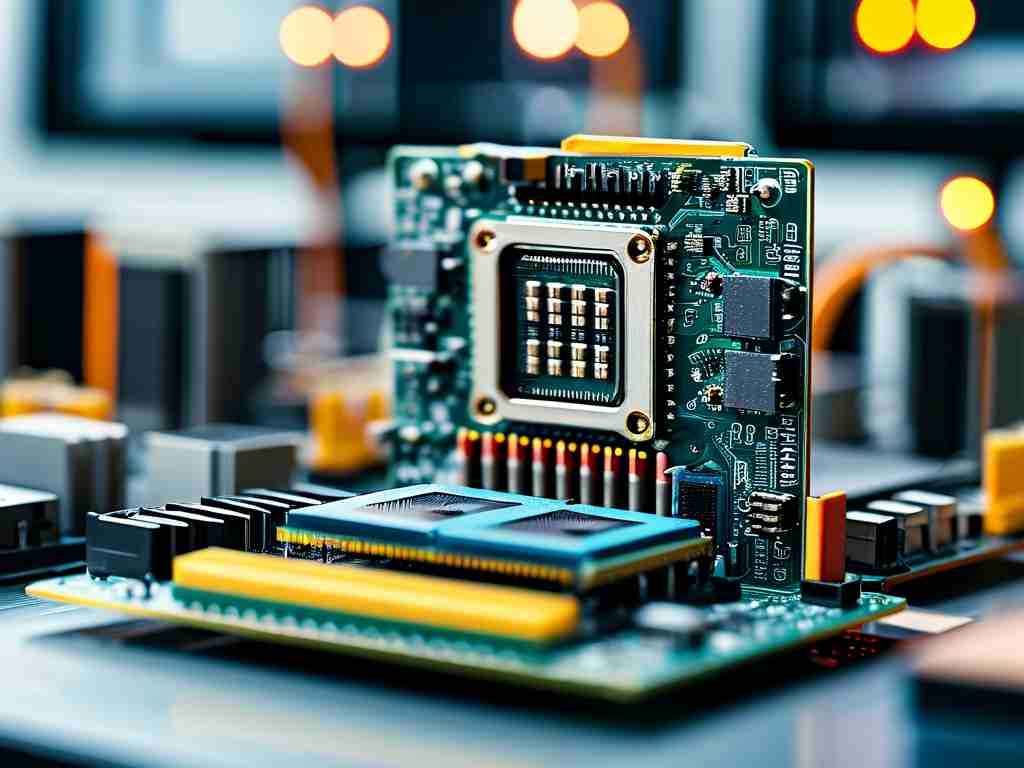Embarking on an embedded development course design project using Zhengdian Atom development boards offers students a hands-on opportunity to bridge theoretical knowledge with real-world applications. This article explores key strategies for leveraging these versatile tools effectively while maintaining academic rigor and innovation.

Understanding the Hardware Foundation
Zhengdian Atom development boards, such as the popular STM32 series, provide a robust platform for embedded system experiments. These boards integrate ARM Cortex-M cores with peripherals like GPIO, UART, and SPI interfaces, forming the backbone of course projects. For instance, a temperature monitoring system might utilize the onboard ADC module to read sensor data, while an IoT-enabled smart device could employ the WiFi/Bluetooth modules for wireless communication.
Software Toolchain Setup
Successful course design begins with configuring the development environment. Students typically use Keil MDK or STM32CubeIDE for code compilation and debugging. A sample initialization sequence for GPIO configuration might include:
void GPIO_Config(void) {
GPIO_InitTypeDef GPIO_InitStruct = {0};
__HAL_RCC_GPIOA_CLK_ENABLE();
GPIO_InitStruct.Pin = GPIO_PIN_5;
GPIO_InitStruct.Mode = GPIO_MODE_OUTPUT_PP;
GPIO_InitStruct.Pull = GPIO_NOPULL;
GPIO_InitStruct.Speed = GPIO_SPEED_FREQ_LOW;
HAL_GPIO_Init(GPIOA, &GPIO_InitStruct);
}
This code snippet demonstrates basic port initialization using HAL libraries, a fundamental skill for interacting with hardware peripherals.
Project Implementation Phases
-
Requirement Analysis
Define clear objectives, whether creating a digital voltmeter or an automated irrigation system. For example, a smart traffic light controller would need precise timing management and sensor integration. -
Hardware Prototyping
Connect sensors and actuators while considering power constraints. When designing a home security system, students might interface PIR motion sensors with GSM modules, ensuring proper voltage level matching between components. -
Software Architecture
Implement modular coding practices. A motor control system could separate PID algorithms from PWM generation routines, enhancing code maintainability. Real-time operating systems like FreeRTOS may be introduced for complex task scheduling.
Debugging and Optimization
Common challenges include interrupt conflicts and memory overflows. Using logic analyzers to capture SPI communication waveforms or employing watchpoint triggers in debuggers helps identify timing issues. Power optimization techniques, such as configuring sleep modes, become crucial for battery-operated projects.
Documentation Best Practices
Maintain detailed records of schematic revisions and software version changes. A well-structured report should include:
- Circuit diagrams with annotated component values
- Flowcharts explaining program logic
- Performance metrics comparing theoretical and actual results
Pedagogical Value
Through Zhengdian Atom-based projects, students gain practical insights into:
- Peripheral driver development
- Real-time system constraints
- Hardware-software co-design
- Industry-standard development workflows
The Zhengdian Atom platform transforms abstract embedded concepts into tangible learning experiences. By completing course designs ranging from basic LED controllers to sophisticated IoT gateways, students develop critical problem-solving skills that align with industry demands. Regular code reviews and prototype demonstrations further enhance the educational outcomes, preparing learners for advanced embedded system challenges.









